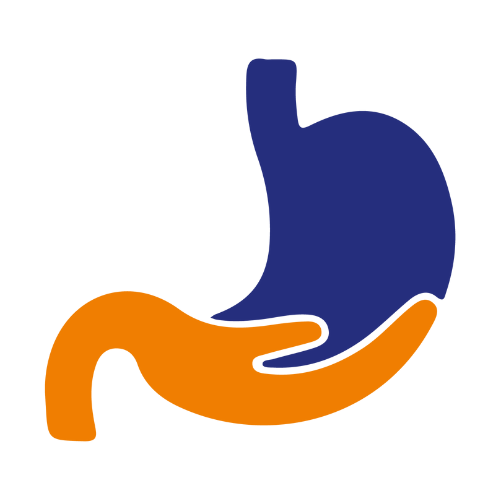
Cholangioscopy
What is an Cholangioscopy?
Cholangioscopy is a noninvasive endoscopic method used for both direct visual diagnostic evaluation and simultaneous therapeutic intervention of the bile ducts. Peroral cholangioscopy overcomes some of the limitations of endoscopic retrograde cholangiopancreatography (ERCP). Pancreatoscopy is the direct visual evaluation of the pancreatic ducts.

Why is a
Cholangioscopy performed?
The primary reason cholangioscopy is performed is to evaluate biliary structures and to diagnose and remove bile stones. It is often used when ERCP is insufficient and direct visualization is necessary. Cholangioscopy enables the physician to visualise and examine the biliary system, liver & the pancreatic ducts
When cholangiopancreatoscopy is used (inspection of the bile ducts and pancreas), it can diagnose and remove pancreatic stones, diagnose and potentially remove pancreatic duct tumors, diagnose chronic pancreatitis, and diagnose and potentially treat autoimmune pancreatitis.
- The doctor would also recommend the patient to stop taking blood thinning, diabetes or blood pressure medications temporarily before undergoing the procedure.
- The patient must inform their care team about any allergies they have, and if they are pregnant or might be.
- The patient is generally advised to not eat or drink anything for at least 8 to 12 hours prior to Cholangioscopy
- The doctor may recommend taking antibiotics before the cholangioscopy.
How one should prepare?
What to Expect During & After the Procedure
What Happens After Procedure?
- After the procedure, the patient can go home once the sedative wears off.
- Because of sedation used during the procedure, you’ll need to plan for someone to take you home.
- When you are awake, the doctor will discuss the findings of the test with you, review any treatment performed during the cholangioscopy and recommend next steps.
- The patient is advised to follow a diet with only clear liquids such as water, lemonade, tea or coffee without milk for the next 24 hours.
- The patient can resume his regular activities a day after the surgery unless otherwise instructed by the doctor.
What to Expect During the Procedure?
- An anesthesiologist will give you medicine to make you drowsy so you are comfortable throughout the procedure.
- Numbing medicine will be applied to your throat. You should not experience sensations of gagging or choking during the procedure.
- The doctor will place a mouthpiece between your teeth to protect your mouth. The endoscope does not interfere with breathing.
- The doctor will guide the endoscope through your mouth and stomach, and into the biliary system.
- Using the endoscope, the doctor will explore biliary, liver and pancreatic ducts to locate the blockage or another problem area.
- Using various instruments in the endoscope, the doctor will break down and remove stones or collect a tissue sample (biopsy) to check for cancer.
What are the risks of a Cholangioscopy?
Cholangioscopy performed with an endoscope is generally a safe procedure. You may experience some temporary side effects afterward:
- Reactions to the sedative : The sedatives used for anesthesia may cause drowsiness, nausea or vomiting.
- Sore Throat is a common side effect. As the endoscope is passed down the oesophagus, it causes tenderness in the throat.
- Gas or Cramps in the abdomen: The doctor may have released a small amount of air into the digestive system to have a clearer view of the organs. This may lead to gas, bloating or cramps after the procedure.
Because peroral cholangioscopy is often performed during ERCP, the risks and side effects of ERCP may also apply.
Contact us
Call Us
Our Location
A-Ground Floor, Lancelot Apartment, Opposite Kalyan Jewellers S.V. Road, Borivali West, Mumbai, Maharashtra 400092.
